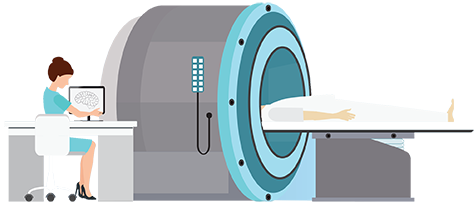

Are you looking for radiology schools in Minnesota? The Land of 10,000 Lakes offers a variety of radiography training opportunities to explore, ranging from nuclear medicine to diagnostic medical sonography. Refer to the school listings at the bottom of this page to request more information about training courses and degree programs. For information on specific careers in the field, check out the links below:
As with most jobs in health care, becoming a radiologic technologist requires both a postsecondary education and a state license. Here are the basic steps students can expect to follow in order to become a radiologic technologist in Minnesota:
To be employed as a radiological technologist, diagnostic sonographer, nuclear medicine technologist, or radiation therapist in the state of Minnesota, you must enroll in and complete an approved radiographic training program from a radiology school that currently holds approval from the American Registry of Radiologic Technologists (ARRT). Only graduates from approved ARRT programs can take the ARRT exam, which is required for licensure by the state of Minnesota. You can contact the Minnesota Radiological Society at (651) 917-6249 to inquire about the licensure process.
The following salary information from the Bureau of Labor Statistics may help suggest career options for graduates of radiology schools in Minnesota. Wages can vary depending on factors such as experience, education, and location.
| Career | Total Employment | Annual Mean Wage |
|---|---|---|
| Cardiovascular Technologists and Technicians | 1,010 | 65,850 |
| Diagnostic Medical Sonographers | 1,590 | 78,560 |
| Magnetic Resonance Imaging Technologists | 600 | 76,530 |
| Nuclear Medicine Technologists | 230 | 83,110 |
| Radiologic Technologists | 4,750 | 64,880 |